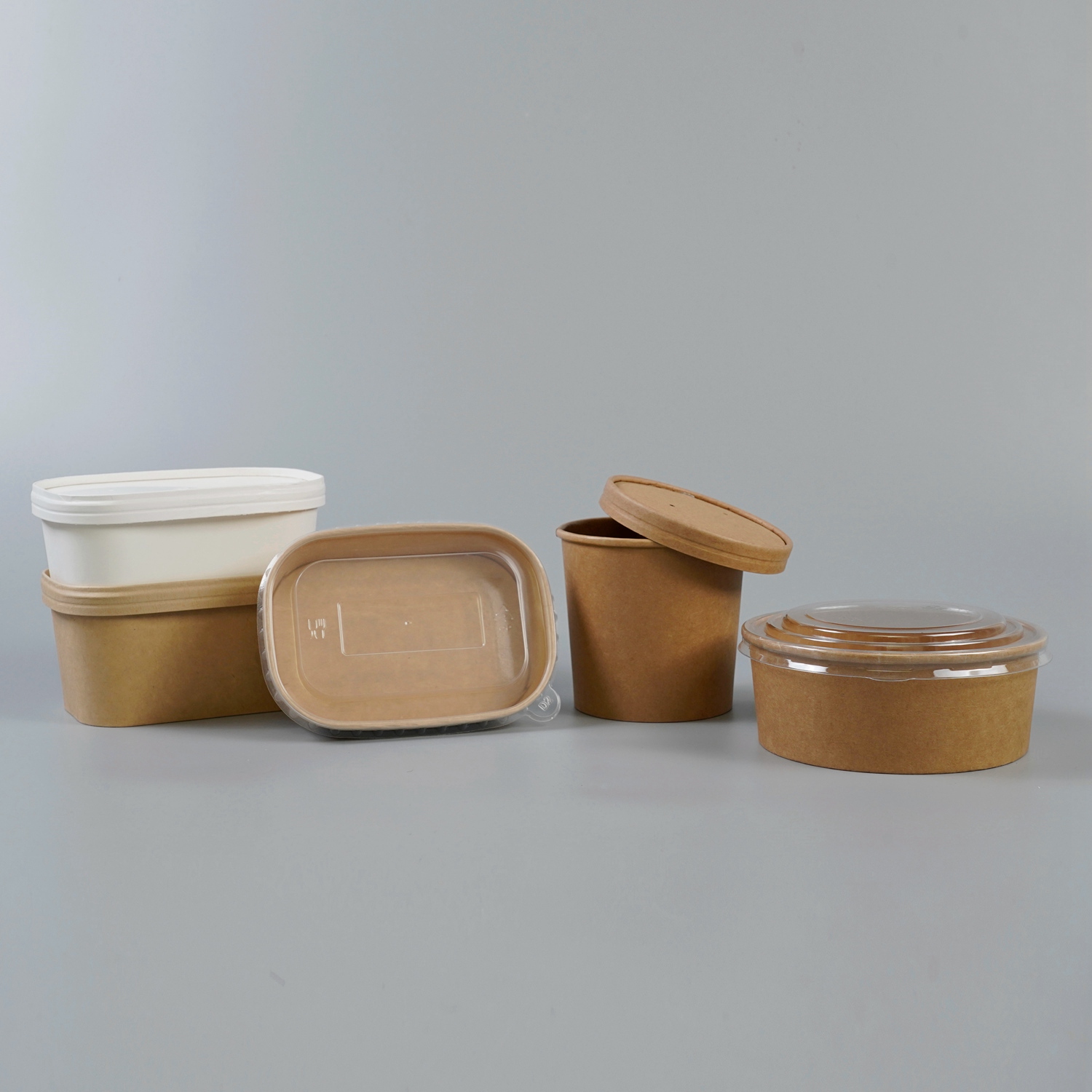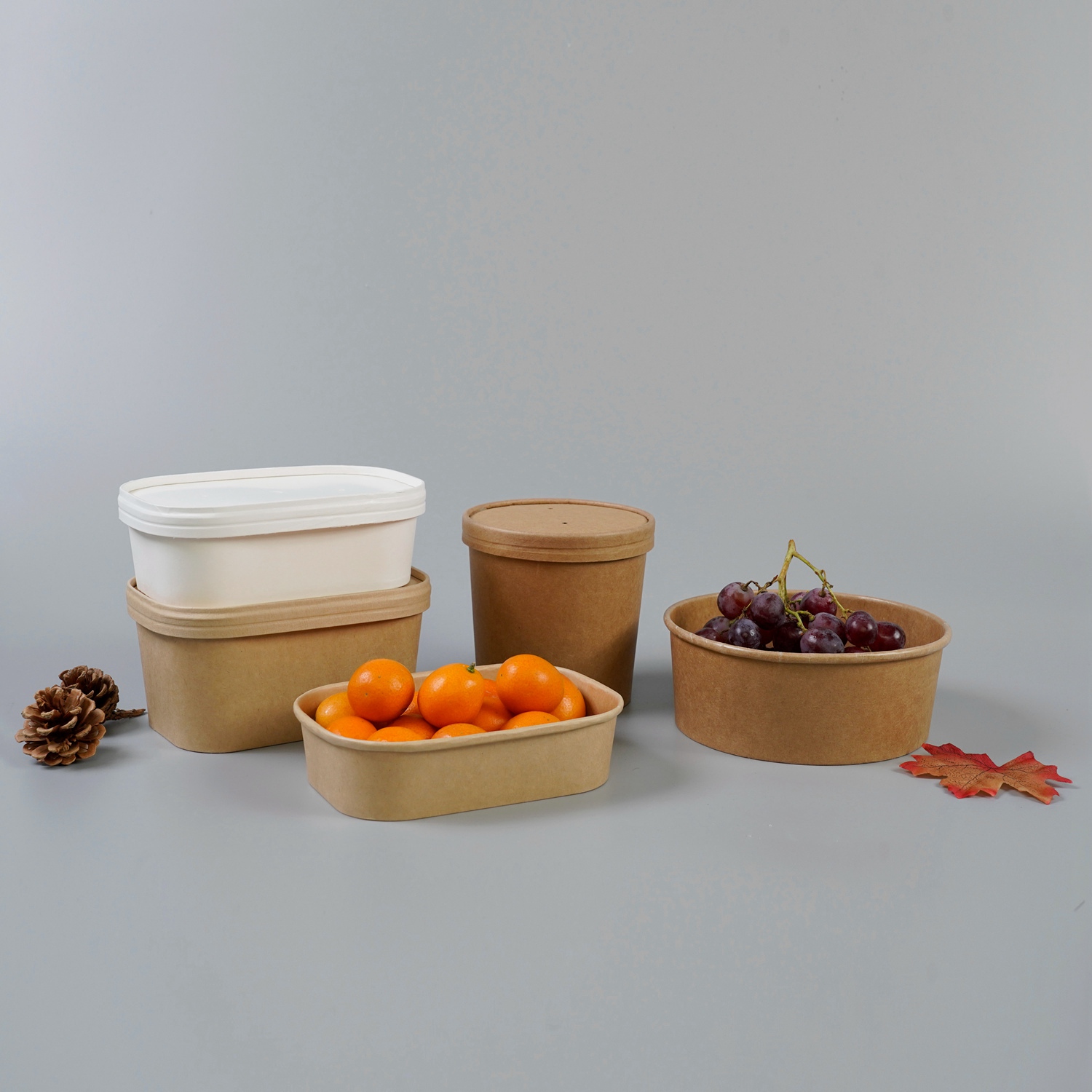In the field of packaging, there are a variety of options for different types of products and industries. Two popular options for strong and reliable packaging are kraft paper and corrugated boxes.Although they appear similar on the surface, there are fundamental differences in their structure, materials used and applications. This article aims to explore and explain the differences between kraft and corrugated boxes, highlighting their unique advantages and uses.
Kraft paper box: Kraft boxes, also known as cardboard boxes, are made of a material called kraft paper. Kraft paper is produced through the chemical conversion of wood pulp, resulting in a strong and durable paper product. Here are some key features and benefits of kraft paper boxes:
1. Strength and robustness: Kraft boxes are known for their strength and durability. The kraft paper used in its construction has high tensile strength, is elastic and resistant to tearing or puncturing. This makes them suitable for protecting fragile or delicate products during shipping and handling.
2. Versatility: Kraft boxes are available in a variety of sizes, shapes and thicknesses, allowing them to meet a variety of packaging needs. They can be easily customized with printing, labeling or branding, making them an excellent choice for promotional packaging or retail display purposes.
3. Eco-friendly: Kraft paper is derived from sustainably sourced wood pulp, which makes the kraft box an ecofriendly packaging choice. The boxes are biodegradable, recyclable and compostable, helping to reduce waste and promote a circular economy. Choosing a kraft box can help companies meet their sustainability goals while appealing to conscious consumers.
4. Cost performance: Kraft boxes are often more cost-effective than other packaging materials such as corrugated boxes. Kraft paper is less expensive to manufacture and the boxes are simple to assemble, making them affordable. This makes them an attractive option for businesses, especially small and medium enterprises (SMEs) with limited budgets.
5. Lightweight: Compared with corrugated boxes, kraft boxes are relatively light in weight. This lightweight feature is beneficial for lower shipping costs as it reduces overall packaging weight, helping to reduce shipping costs. In addition, lighter packaging reduces carbon emissions during shipping.

Corrugated box: Corrugated boxes are made from a combination of two main components: linerboard and fluting base paper. The linerboard acts as the flat outer surface of the box, while the corrugated core provides a layer of fluted, arched cardboard material for added strength and rigidity. Following are the main features and benefits of corrugated boxes:
1. Excellent cushioning: Corrugated boxes are known for their excellent cushioning properties. The corrugated media in the box structure acts as a shock-absorbing layer between the product and external shocks during transportation. This makes them ideal for protecting fragile, delicate or heavy items.
2. Superior strength: The corrugated construction of these boxes provides excellent strength and durability. It enables them to withstand heavy loads, resist compression and retain their shape during transport or stacking. Corrugated boxes are ideal for industrial applications and shipping high volumes of goods.

3. Flexibility and customization: Corrugated boxes offer a high degree of customization options. They can be easily cut, folded and adjusted to fit unique product sizes and shapes. Additionally, printing capabilities on corrugated board allow for vibrant displays of branding, labels and product information.
4. Recyclability: Corrugated boxes are one of the most recycled packaging materials. The recycling process involves beating old boxes, removing ink and adhesives, and converting the recycled pulp into new cardboard material. Therefore, corrugated boxes help reduce waste, conserve resources and promote a circular economy.
5. Cost-effective operation at scale: While corrugated boxes may be more expensive to manufacture initially than kraft boxes, they become more cost-effective for large-scale operations. Sturdy construction, stackability and the ability to withstand heavy loads reduce the need for additional packaging materials or protection measures, ultimately saving costs.
Which box is right for you? Choosing between kraft and corrugated boxes depends on a variety of factors, including product type, shipping requirements, budget and sustainability goals.
Consider the following scenarios to determine the most appropriate option:
1. Kraft paper box: - Ideal for small, lightweight products. - Recommended for retail packaging, product display and promotional purposes. - Suitable for companies aiming to project an eco friendly image. - Cost effective for smaller quantities or budget constraints.
2. Corrugated box: - Best for heavy, fragile or irregularly shaped items. - First choice for industrial or heavy product packaging. - Suitable for long-distance transportation or storage. - Recommended for companies prioritizing product protection and stackability.
in conclusion: Both kraft and corrugated boxes have unique advantages and applications. Kraft cartons offer outstanding versatility, cost-effectiveness and ecofriendliness, making them suitable for a wide range of industries. Corrugated boxes, on the other hand, are chosen for their strength, cushioning, customization options, and ability to protect heavier or fragile goods during transit. Understanding these differences and considering your specific packaging needs will help you make an informed decision and select the correct box that meets your goals, cost considerations, and environmental sustainability goals.
You Can Contact Us:Contact Us - MVI ECOPACK Co., Ltd.
E-mail:orders@mvi-ecopack.com
Phone:+86 0771-3182966
Post time: Jun-30-2023










